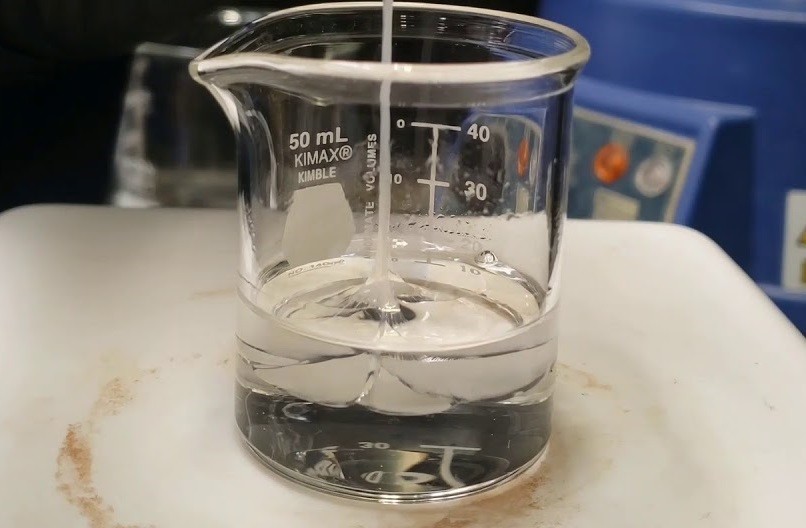
Author: Ali Kosari Mehr
Interfacial polymerization & texturing
Interfacial polymerization is a thick-film deposition process in which thick films are created at first and come into contact with substrates at the next step. This process can be realized by means of two immiscible liquids. The method’s thickness capability, ink viscosity range, and powder loading are 1-20 μm, <0.01 Pa-s, and <10 vol%, respectively. At first, a suspension of a hydratable polymeric system and the given powder is obtained in a non-water-soluble solvent – e.g., hexane. Having been floated atop of a water layer where the substrate has been immersed, the suspension system causes a polymerization reaction to start at the interface of the water layer and the suspension system due to the fact that water hydrolyzes the polymeric system, resulting in a thick film being formed at the interface. Afterward, the thick film is slowly positioned at the surface of the substrate as the result of removing the water. The composite sol-gel process in which the hydrolysis of the sol-gel material occurs in the presence of water suits interfacial polymerization perfectly.
Being able to improve some properties of thick films, texturing is a process in which individual grains are aligned in given directions. Only certain deposition processes in which there is unidirectional shear stress and the ink is comprised of elongated particles are capable of texturing. Hence, owing to not being able to apply the needed unidirectional shear stress, most of the deposition processes are not capable of texturing. Illustrating the processes capable of texturing, one can refer to spin coating and tape casting.
References:
- Dorey R (2012) Thick-film deposition techniques: How to make thick films – the processing techniques used to create films. Ceram Thick Film MEMS Microdevices 63–83. Webpage
-
 20 Aug, 2022What is Auger electron spectroscopy?
20 Aug, 2022What is Auger electron spectroscopy? -
 13 Jul, 2022Classification of vacuum pumps
13 Jul, 2022Classification of vacuum pumps
